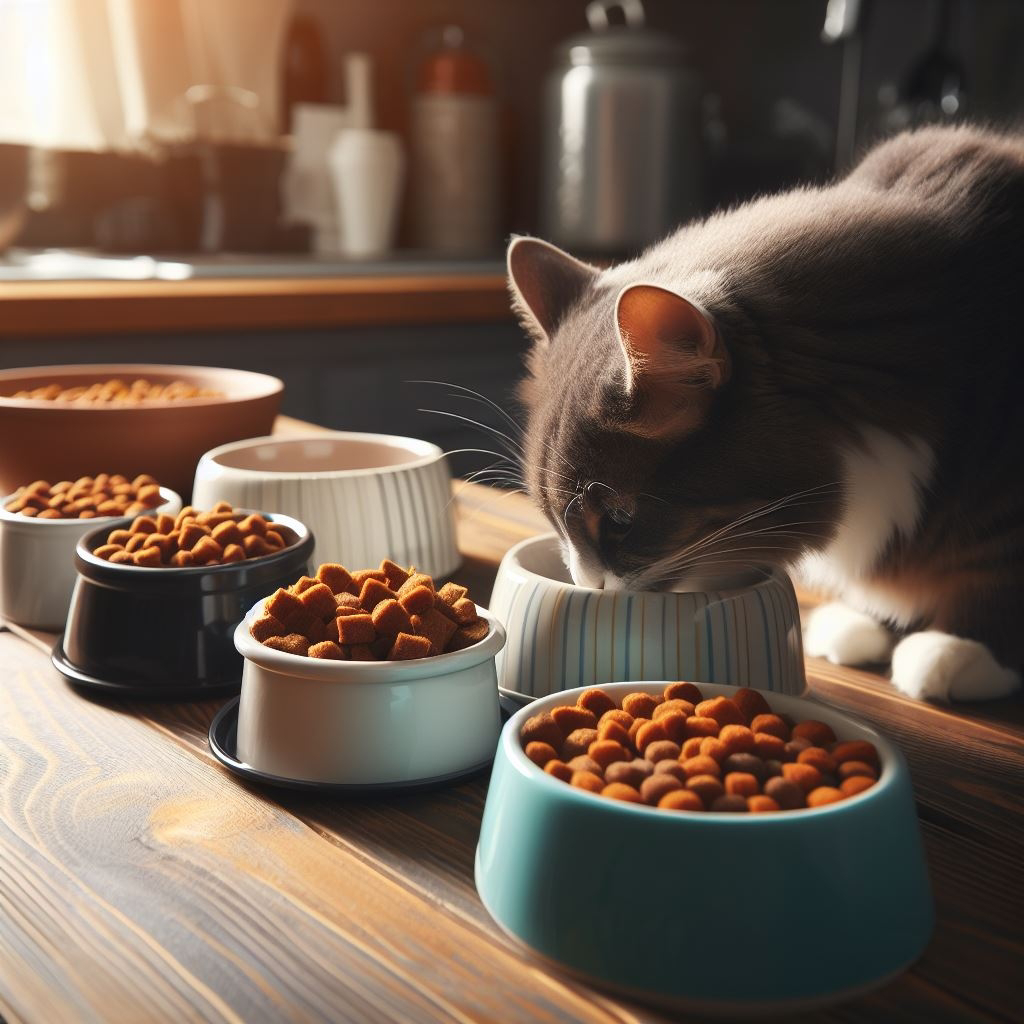Enchanting Windows to the Soul: Unveiling the Mysteries of Cat Eyes
Cats, with their beguiling and expressive eyes, have captivated humans for centuries. Beyond their stunning appearance, a cat's eyes are intricate organs that play a crucial role in their survival, communication, and overall charm. In this exploration, let's dive into the mesmerizing world of cat eyes and unravel the mysteries behind those luminous orbs.
### The Anatomy of Cat Eyes
1. Vertical Pupils:
One of the most distinctive features of cat eyes is their vertical pupils. Unlike humans, cats have a remarkable ability to adjust the size of their pupils, allowing them to control the amount of light entering their eyes. This adaptation enhances their vision in various lighting conditions.
2. Tapetum Lucidum:
Cats possess a reflective layer behind their retinas called the tapetum lucidum. This layer enhances their night vision by reflecting light that passes through the retina back into the eyes. It's what creates that eerie glow when light shines into a cat's eyes in the dark.
3. Large Corneas:
Cat eyes have relatively large corneas, contributing to their wide field of vision. This adaptation is essential for spotting potential prey or detecting threats in their environment.
### Communicative Cat Eyes
1. Dilated Pupils:
A cat's pupils can dilate or constrict based on their emotional state. Dilated pupils may indicate excitement, fear, or aggression, while constricted pupils can suggest contentment or relaxation.
2. Blinking Slowly:
Slow blinking is a gesture of trust and affection in the feline world. If a cat blinks at you slowly, it's akin to a kitty kiss—a sign that they feel comfortable and secure in your presence.
3. Staring Intently:
A cat's prolonged stare may convey curiosity or a desire for interaction. However, it's essential to recognize the difference between a friendly gaze and a tense one, which might indicate discomfort.
Caring for Cat Eyes
1. Regular Inspection:
Keep a close eye on your cat's eyes. If you notice any cloudiness, discharge, or unusual changes, consult with your veterinarian promptly. These could be signs of underlying health issues.
2. Gentle Cleaning:
If your cat develops tear stains or debris around the eyes, gently clean the area with a damp, soft cloth. Be cautious not to use any harsh substances that could irritate their sensitive eyes.
3. Protect from Hazards:
Ensure your cat's environment is free from potential eye hazards, such as sharp objects or chemicals. Cats are curious creatures, and protecting their eyes is crucial for their well-being.
In conclusion, a cat's eyes are not only windows to their soul but intricate tools that aid in their survival and communication. By understanding the language of cat eyes, we can deepen our connection with these fascinating companions. So, the next time you lock eyes with a cat, appreciate the silent conversation happening through those enchanting orbs—they truly are a testament to the magic of feline grace.




Comments
Post a Comment